In no particular order…
1. The unemployment rate for men is 8.4%. For married men, it's 4.9%.
2. The unemployment rate for college graduates is 3.9%. For high school dropouts, it's 13%.
3. According to The Wall Street Journal, in 2010, "for every 1% decrease in shareholder return, the average CEO was paid 0.02% more."
4. According to The New York Times: "From 2001 to 2011, state and local financing per [college] student declined by 24 percent nationally."
5. Transparency International’s Corruption Perceptions Index ranks the United States as the 24th least-corrupt country in the world, just behind Qatar and ahead of Uruguay.
6. Since the recession began in 2007, the number of Americans receiving disability benefits has risen by 1.6 million, and the number of Americans employed has fallen by 4.8 million.
7. China's labor force grew by 145 million from 1990 to 2008. The entire U.S. labor force today is 156 million.
8. In 1998, oil industry executives told Congress that oil would average $10 a barrel for the following decade. In reality, it averaged $44.9 a barrel. Most people are terrible at predicting the future -- even (or especially) experts.
9. In 1999, one of the best years for the market ever, more than half of stocks in the S&P 500 declined. Two companies, Microsoft (Nasdaq: MSFT ) and Cisco, accounted for one-fifth of the index's return.
10. From 1929 to 1932, the total amount of money paid out in wages fell by 60%, according to historian Frederick Lewis Allen. By contrast, from 2007-2009, total American wages fell less than 5%. What we experienced in recent years was nothing close to the Great Depression.
11. A Honda Civic hybrid starts at $24,200 and gets 44 miles per gallon. A Civic with a normal gas engine starts at $16,000 and gets 39 MPG. If you drive 15,000 miles a year and gas averages $4 a gallon, it will take 47 years for the hybrid to justify its cost over the traditional model.
12. China's working-age population is expected to shrink by more than 200 million between now and 2050. The U.S.' is expected to rise by 47 million.
13. According to author Charles Murray, just 3% of American couples both had a college degree in 1960. By 2010, 25% did.
14. At the height of his success, Andrew Carnegie's annual income was 20,000 times the average American's wage, according to historian Frederick Lewis Allen. That's the equivalent of about $720 million in today's economy. In 2010, hedge fund manager John Paulson earned $4.9 billion, or nearly seven times what Carnegie earned in his prime. The key difference: Carnegie made steel to construct buildings. Paulson bought derivatives to bet against them.
15. If state, local, and federal employment followed the same trend from 2008 through today as it did from 2005-2008, the unemployment rate would be 6.5% instead of 8.2%.
16. In Russia, 0.00007% of the population (100 people) controls 20% of the wealth.
17. According to the International Energy Agency, global governments spent $409 billion on fossil-fuel-industry subsidies in 2010. That's nearly double the annual GDP of Ireland.
18. According to a 2007 Gallup poll, Americans give Hugo Chavez a 9% approval rating -- the exact same as they gave Congress last fall.
19. For the 2012-2013 fiscal year, California will spend $8.7 billion on prisons and $4.8 billion on its UC and state college systems.
20. Boeing (NYSE: BA ) accounts for almost 2% of all U.S. exports.
21. North Dakota has 0.7 unemployed people for each available job opening.
22. Because of its one-child policy, China's labor force will start to decline in 2016.
23. A rare 1-cent coin from 1793 recently sold for $1.38 million. That sounds amazing until you realize it's an annual return of less than 9%, or about the same as stocks have produced historically.
24. The U.S. makes up less than 5% of the world's population, but a third of the world's spending on pharmaceuticals, according to the IMS Institute for Healthcare.
25. Average monthly rent in New York City ($2,935) is about the same as the nationwide average monthly income ($3,052).
26. Since December 2007, male employment has fallen 4.7%. Female employment fell just about half that amount, 2.7%
27. In 1929 -- the golden year before the Great Depression-- 60% of American households earned a wage below what Brookings Institution economists classified as "sufficient to supply only basic necessities." Well over half the country lived in poverty, in other words. One-fifth of households earned half the poverty wage.
28. According to writer Dan Gross: "The United States produced about as much output in the third quarter of 2011 as it did in the third quarter of 2007, albeit with about 6 million fewer workers on the payroll."
29. According to the Department of Agriculture, one-third of the calories Americans consume come from restaurants, almost double what it was three decades ago.
30. Since 1994, stock market returns are flat if the three days before the Federal Reserve announces interest-rate policy are removed.
31. PCs outsold Macs by nearly 60-to-1 in 2004. Last year, the ratio was closer to 20-to-1, according to analyst Horace Dediu.
32. Apple (Nasdaq: AAPL ) earned more in net income last quarter than its entire market cap was in 2004.
33. If you earn minimum wage, you'll need to work 923 hours to pay for a year at an average public four-year college. In 1980, it took 254 hours.
34. According to a study by the Dallas Federal Reserve, foreign-born citizens made up 14% of the labor force in 2002, yet accounted for 51% of total jobs growth from 1996-2002.
35. Forty percent of kids raised in a family in the top income quintile stay there as adults, and 40% of those born into the lowest quintile remain there. Only 8% of those raised in the top quintile drop to the lowest quintile as adults, according to the Pew Economic Mobility Project.
36. According to a report by the Harvard Graduate School of Education, just over half of students who enroll in a four-year college receive a bachelor's degree within six years.
37. Federal government spending declined year over year in the third quarter of 2011 for the first time since 1955.
38. In 1914, Henry Ford made the unprecedented move of paying line workers $5 for an eight-hour shift -- double the going rate. Adjusted for inflation, that works out to around $14 an hour in today's dollars. By contrast, a New York Times article broke down an average auto worker's 2008 salary, including insurance and paid vacation, and came to $45 to $55 an hour.
39. Five of every six American families earn more than their respective parents did, according to the Pew Economic Mobility Project.
40. Federal Reserve economist Bhashkar Mazumder has shown that incomes among brothers are more correlated than height or weight.
41. According to David Wessel of The Wall Street Journal, "the share of insured workers with deductibles of $1,000 or more rose to 31% in 2011 from 18% in 2008."
42. A composite hedge fund index has returned 1.3% year to date as of July 11. The S&P 500 returned 8.3% during that time. People call the former "smart money."
43. Ten percent of Medicare recipients who received hospital care made up 64% of the program's hospital spending in 2009, according to The Wall Street Journal.
44. According to a Rutgers survey based on a nationwide sampling, only 51% of those who have graduated college since 2006 are now employed full time. Twenty percent are in graduate school. The rest…
45. As a percentage of GDP, government spending was higher in 1983 under President Ronald Reagan than it will be this fiscal year (23.5% vs. 23.3%, respectively), according to data by the Tax Policy Center.
46. More government jobs were eliminated on net in 2010 than in any other year since at least 1939. As a percentage of government workers, the decline was the largest since 1947.
47. According to Sheldon Jacobson of the University of Illinois, the added weight carried by vehicles due to obesity in America consumes an additional 938 million gallons of gasoline a year.
48. The median American family's net worth fell to $77,300 in 2010 from $126,400 in 2007, according to the Federal Reserve's Survey of Consumer Finance. That erased nearly two decades of accumulated wealth.
49. According to UCLA: "Only 3.1 percent of the world's children live in the United States, but U.S. families buy more than 40 percent of the toys consumed globally."
50. Delaware, a famous business haven, has more corporations than people -- 945,000 to 897,000, according to The New York Times. One office building in Wilmington is home to more than a quarter-million registered businesses.
51. A study of retired investors between 1999 and 2009 showed those who hired a stockbroker underperformed those managing their own money by 1.5% a year. "Fees accounted for only about half the gap," writes Jason Zweig of The Wall Street Journal.
52. According to Manpower's 2012 Talent Shortage Survey, 49% of U.S. businesses report difficulty filling available job openings.
53. According to U.S. News & World Report, the average law student graduates with more than $100,000 in student loans. According to the American Bar Association, just over half of those who graduated law school in 2011 have full-time jobs that require a law degree.
54. Researchers from the London School of Hygiene and Tropical Medicine estimate the world is overweight by a collective 17 million tons, or the equivalent of 226 million people weighing 150 pounds.
55. Only 52% of American families say they were able to save anything in 2010, according to the Federal Reserve's Survey of Consumer Finance.
56. Adjusted for inflation, the median average hourly wage was lower in 2011 than it was in 2001.
57. "In 2010, 6.0 percent of families reported that their spending usually exceeds their income," according to the Federal Reserve's Survey of Consumer Finance.
58. Five years ago, coal provided about half the nation's electricity. Today, it's about one-third. Natural gas' share during that time rose from 21% to 30%, according to the Energy Information Agency.
59. According to research by Demos, the average American couple will pay $155,000 in 401(k) fees over their careers. That reduces the average account size by about a third.
60. Since 1968, the U.S. population has increased from 200 million to 314 million, and federal government employees have declined from 2.9 million to 2.8 million.
61. According to the Boston Consulting Group, manufacturing wages, benefits and taxes are $22.30 an hour in America, compared with $2 an hour in China. But since American factory workers are more productive, China's effective labor costs are only 55% lower than Americans, and may drop to less than a third later this decade.
62. From 2002 to 2008, 12 congressional incumbents lost in primary elections. During that time, 13 members died in office. So the odds of losing a primary are lower than the odds of dying in office.
63. According to the Economist, "The average life expectancy of public companies shrank from 65 years in the 1920s to less than ten in the 1990s."
64. According to The New York Times: "In the last five years, the United States and Canada combined have become the fastest-growing sources of new oil supplies around the world, overtaking producers like Russia and Saudi Arabia."
65. As of June 2011, 32% of American homes were cellphone only, up from 17.5% in 2008, according to the National Center for Health Statistics.
66. Solar panel prices have plunged 82% since 2009, according to Bloomberg.
67. According to writer Tim Noah, average stock options granted to CEOs between 1992 and 2000 rose from $800,000 to $7 million, and average total compensation quadrupled.
68. According to analyst JW Mason: "In 2007, [nonfinancial corporate] earnings were $750 billion, dividends were $480 billion, and netstock repurchases were $790 billion." In other words, businesses paid shareholders nearly double what they earned.
69. Americans drove 85 billion fewer miles over the last 12 months than they did in 2008, according to the Department of Transportation.
70. Oil production at America's Eagle Ford was 787 barrels in 2004, 308,000 barrels in 2009, and 36.6 million barrels last year.
71. In 1989, the CEOs of the seven largest U.S. banks earned an average of 100 times what a typical household made. By 2007, more than 500 times.
72. In 1990, the three largest U.S. banks held 10% of the industry's assets. By 2008, the top three controlled 40% of the assets.
73. Clean water and sewers were voted "the greatest medical advance" since 1840 by readers of the British Journal of Medicine.
74. Americans will inherit $27 trillion over the next four decades, according to the Center on Wealth and Philanthropy at Boston College.
75. America is home to less than 5% of the world's population, but nearly a quarter of its prisoners.
76. According Dartmouth political scientist Dean Lacy, states that receive more federal government spending than they contribute in tax revenue tend to support Republican candidates, who typically vow to cut spending.
77. According to economists from the International Monetary Fund and analysis by Bloomberg, implicit government subsidies to large U.S. banks roughly equal their annual profits.
78. Ten years ago, people were stunned when overnight lending rates plunged to 2.5%. Today, that's the yield on 30-year bonds.
79. In May this year, the Dow fell 18 days and rose four days -- the worst combination since 1903. It never posted two consecutive gains, likely for the first time ever.
80. After new bank regulations go into effect, JPMorgan Chase (NYSE: JPM ) says 70% of customers with less than $100,000 in deposits or investments will be unprofitable for the bank.
81. According to John Cawley of Cornell and Chad Meyerhoefer of Lehigh University, obese people incur annual medical costs $2,741 higher than non-obese people, or almost $200 billion nationwide.
82. According to economist Christina Romer, real GDP per capita in American grew 0.58% a year from 1800-1840; 1.44% from 1840-1880; 1.78% from 1880-1920; 1.68% from 1920-1960, and 1.82% from 1960-1991. We not only grew richer, but at an increasing rate.
83. In 2007, the Congressional Budget Office estimated federal tax receipts would be $3.4 trillion in 2012. In reality, they'll be around $2.5 trillion. Again, the future is unpredictable. Always.
84. Many talk about how much we import from China, but few discuss how much we sell to them. Exports from the U.S. to China were $19.2 billion in 2001, and $104 billion in 2011.
85. As recently as 1975, China wasn't one of American's top 10 trading partners. The world changes fast.
86. According to economists Thomas Piketty and Emmanuel Saez, 80% of all income growth from 1980 to 2005 went to the top 1% of wage earners.
87. From 1970 to 2012, median household income increased at one-tenth the rate it did from 1949-1979.
88. If you're fed up with unemployment caused by offshoring, you'll love this: According to a 2006 Government Accountability Organization study, the processing of unemployment insurance claims are partially offshored in several states.
89. Among high school seniors who scored more than 700 on the math and verbal portions of the SATs (a very high score), 87% have at least one parent with a college degree. Fifty-six percent have a parent with a graduate degree, according to author Charles Murray.
90. We tend to underestimate how powerful the agriculture boom has been in the last century. The 1952 book The Big Change describes life in America in the year 1900: "In most parts of the United States people were virtually without fresh fruit and green vegetables from late autumn to late spring."
91. The first American hotel to offer every guest a private bathroom didn't open until 1907.
92. According to biographer Ron Chernow, John D. Rockefeller's net worth peaked at $900 million in 1913. That equaled 2.3% of the U.S. economy. A comparable net worth today would be $340 billion, or eight times richer than Warren Buffett.
93. Some people don't see progress coming. In 1906, future President Woodrow Wilson said the automobile offered "a picture of the arrogance of wealth."
94. According to Morgan Stanley, 9% of all S&P trading volume is in Apple stock. One in 25 of all hedge funds has more than 10% of their fund in Apple.
95. Housing may be turning faster than you think. According to David Wessel, "The fraction of homes that are vacant is at its lowest level since 2006."
96. America is aging. Older workers (age 55+) are about to overtake younger workers (age 25-34) for the first time.
97. According to the Pew Research Center, every one of the eight largest EU nations ranks Germany as the hardest working -- except for Greece, which ranks itself as the hardest working. Five of the eight rank Greece as the least hardworking.
98. In 1900, the standard American workweek was 10 hours a day, six days week. Historian Frederick Lewis Allen notes in a 1952 essay: "If anybody had suggested a five-day week he would have been considered demented."
99. Facebook (Nasdaq: FB ) claims 100 billion friend connections have been made on its social network. That's about the same number of humans that have ever lived since 50,000 B.C., according to the Population Reference Bureau.
100. According to Bankrate.com, nearly half of Americans don't have enough savings to cover three months expenses. Worth noting: The average duration of unemployment is now 10 months.
For more on the recession's impact on the economy, check out my latest e-book, 50 Years in the Making: The Great Recession and Its Aftermath for your iPad, Kindle, on Amazon or Barnes & Noble. It's short, packed with information, and costs less than a buck.
Check back every Tuesday and Friday for Morgan Housel's
columns on finance and economics.
Sent by Bill Carmena
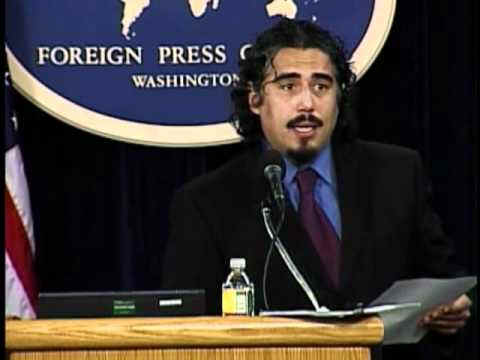
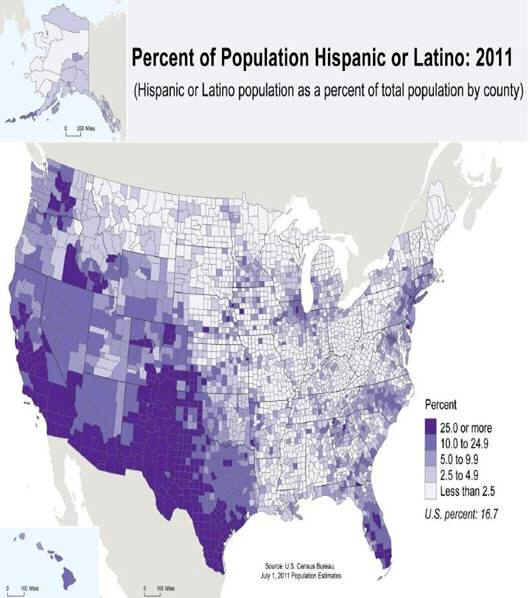

 Dear Mr. President:
Dear Mr. President: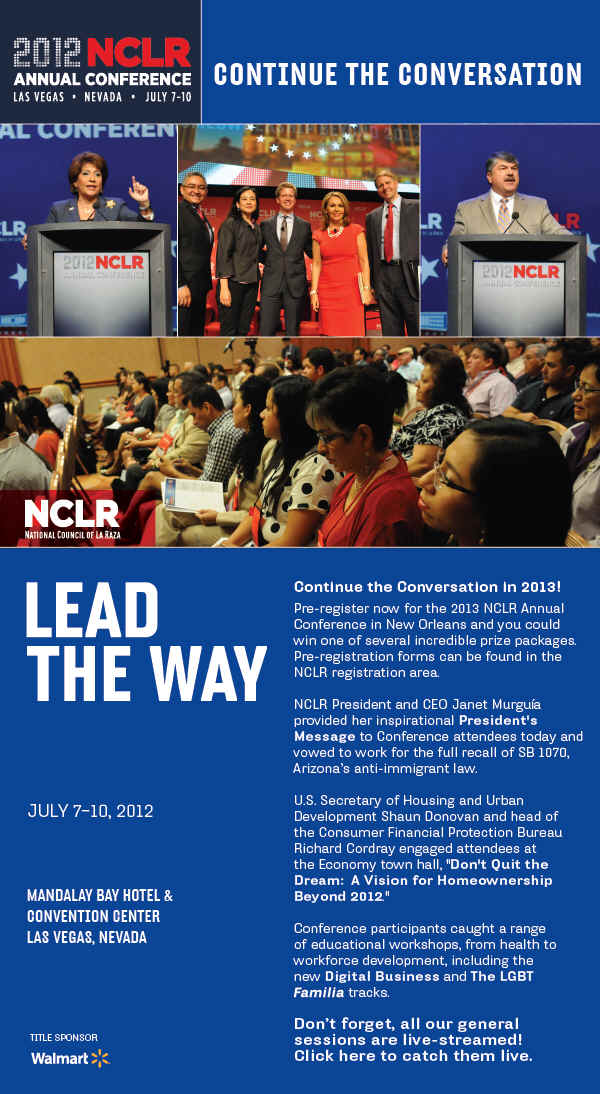

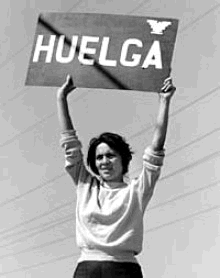
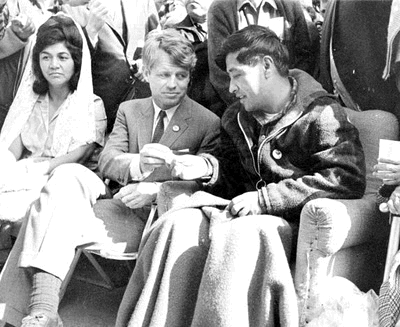
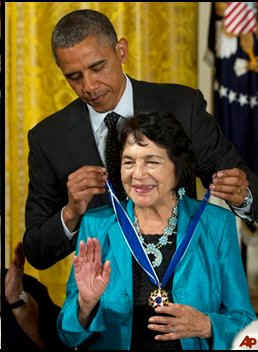

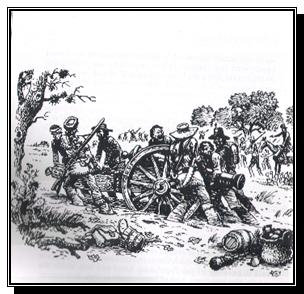
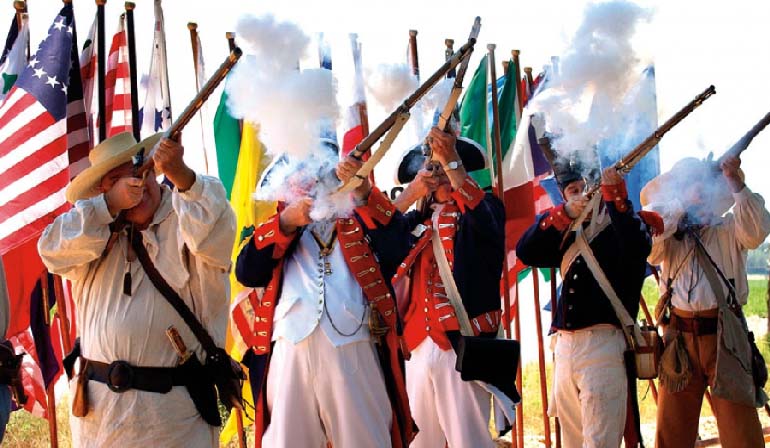
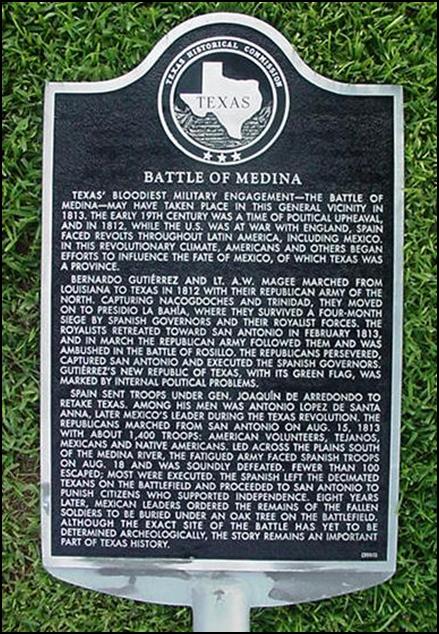


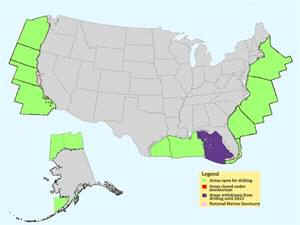
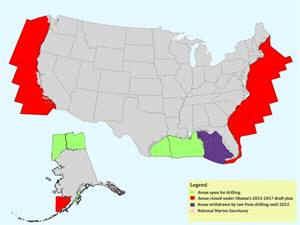
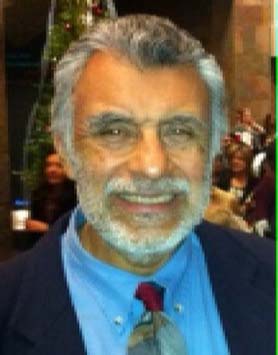



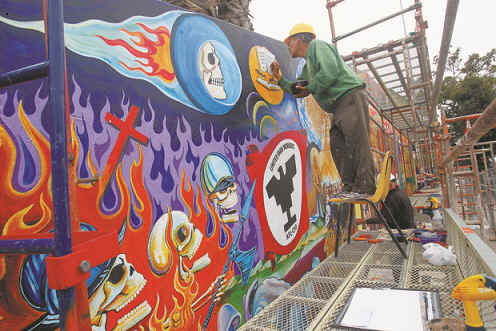
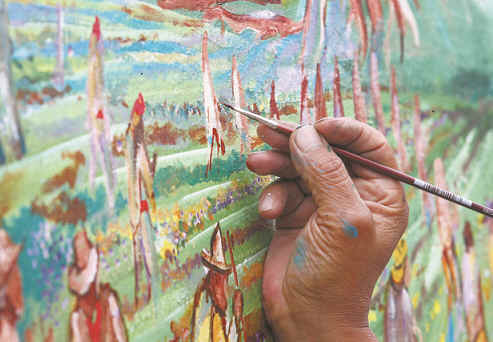
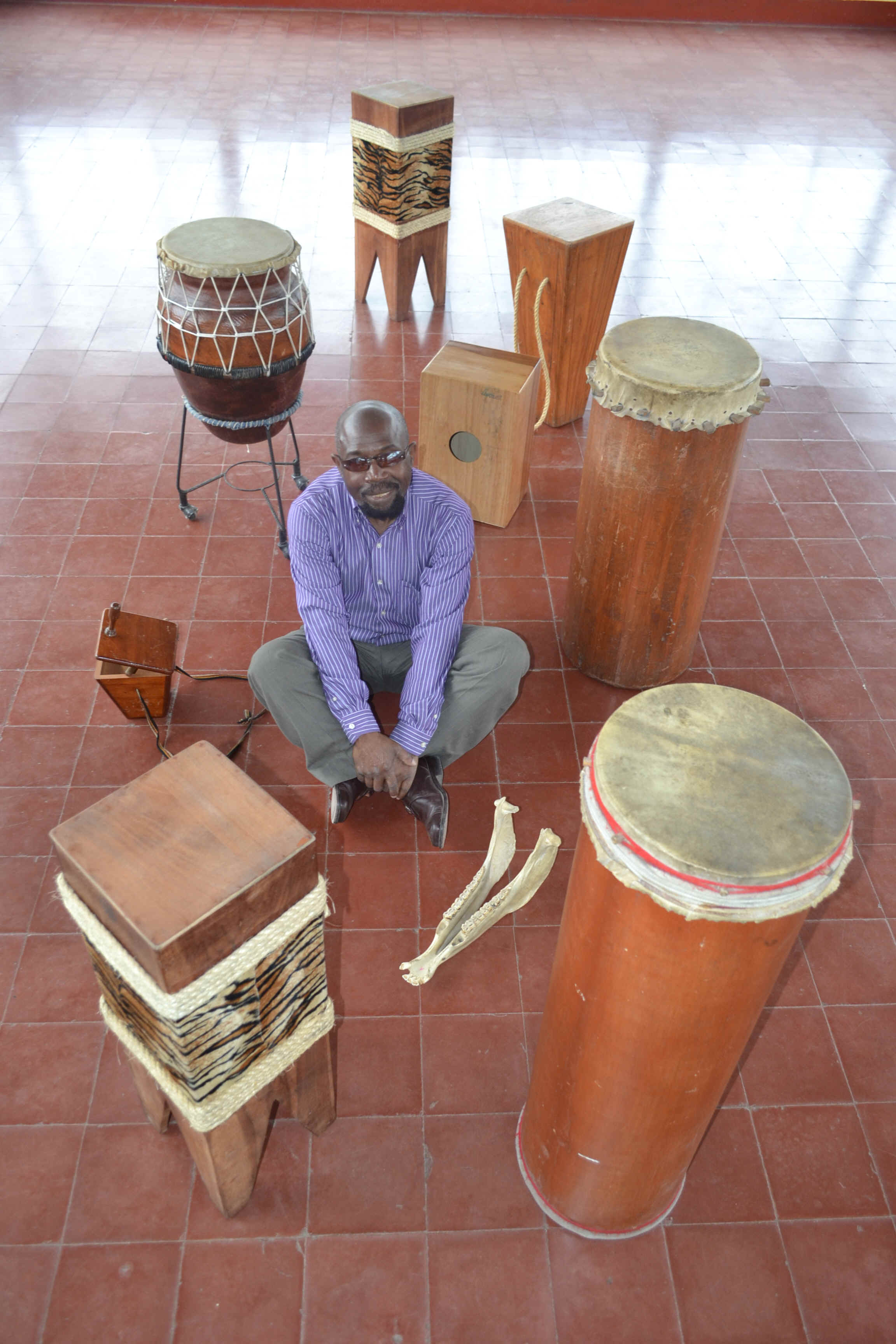

 Doug
has come up with a new approach for his latest project, a study and
book on Amelia Earhart, which includes a DVD, the last footage of
Earhart, previously unknown, and newly
surfaced.
Doug
has come up with a new approach for his latest project, a study and
book on Amelia Earhart, which includes a DVD, the last footage of
Earhart, previously unknown, and newly
surfaced. 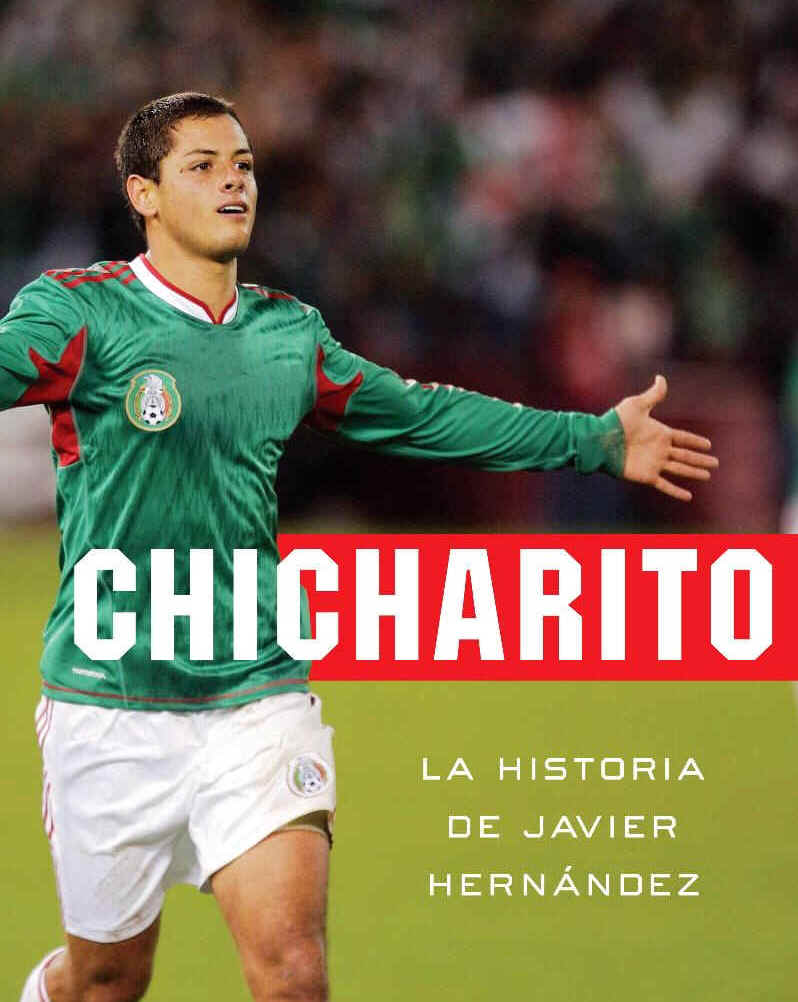
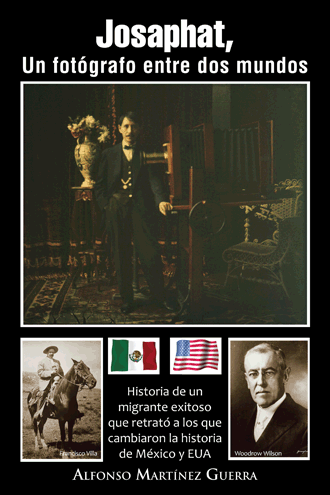
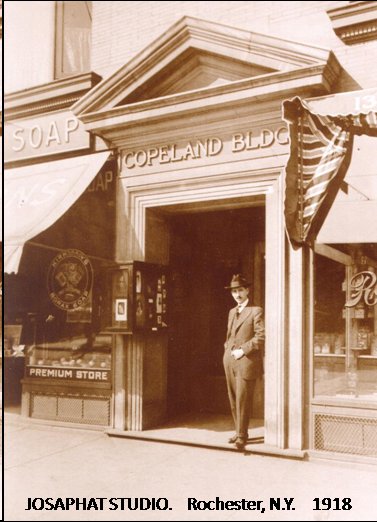
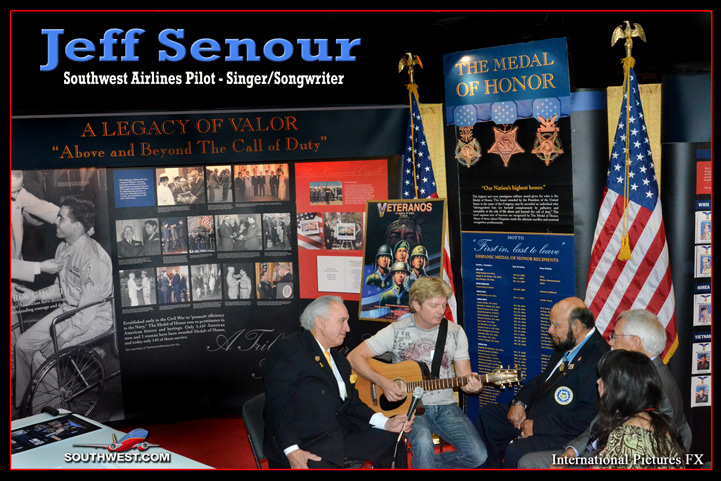
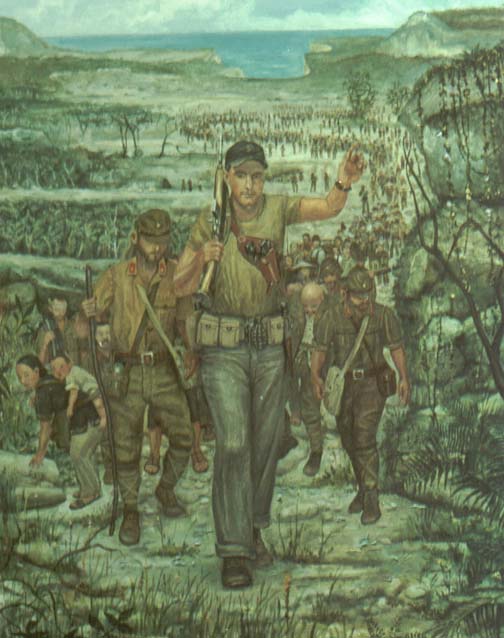

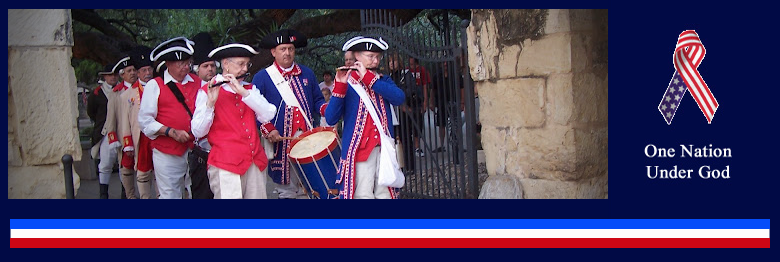
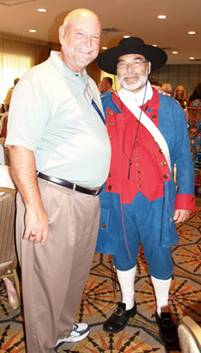
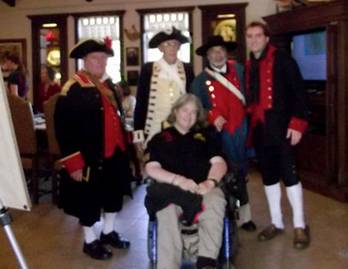
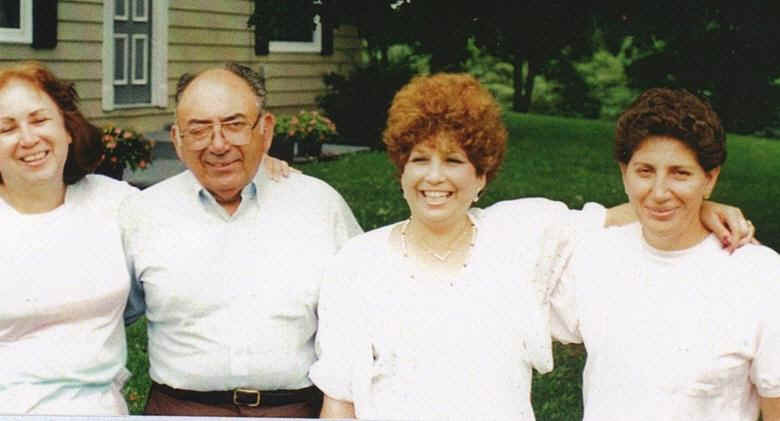
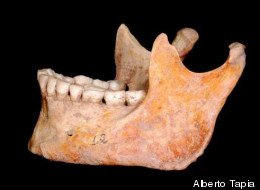




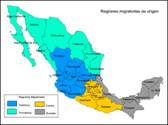
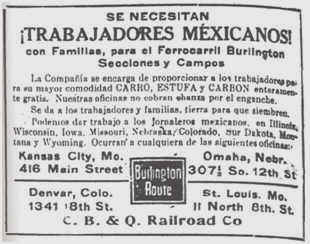
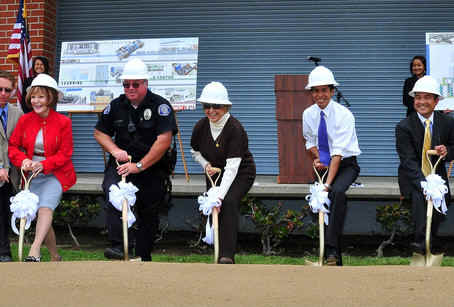

 Westminster
Little League Champions!
Westminster
Little League Champions! Flag
Day
Flag
Day
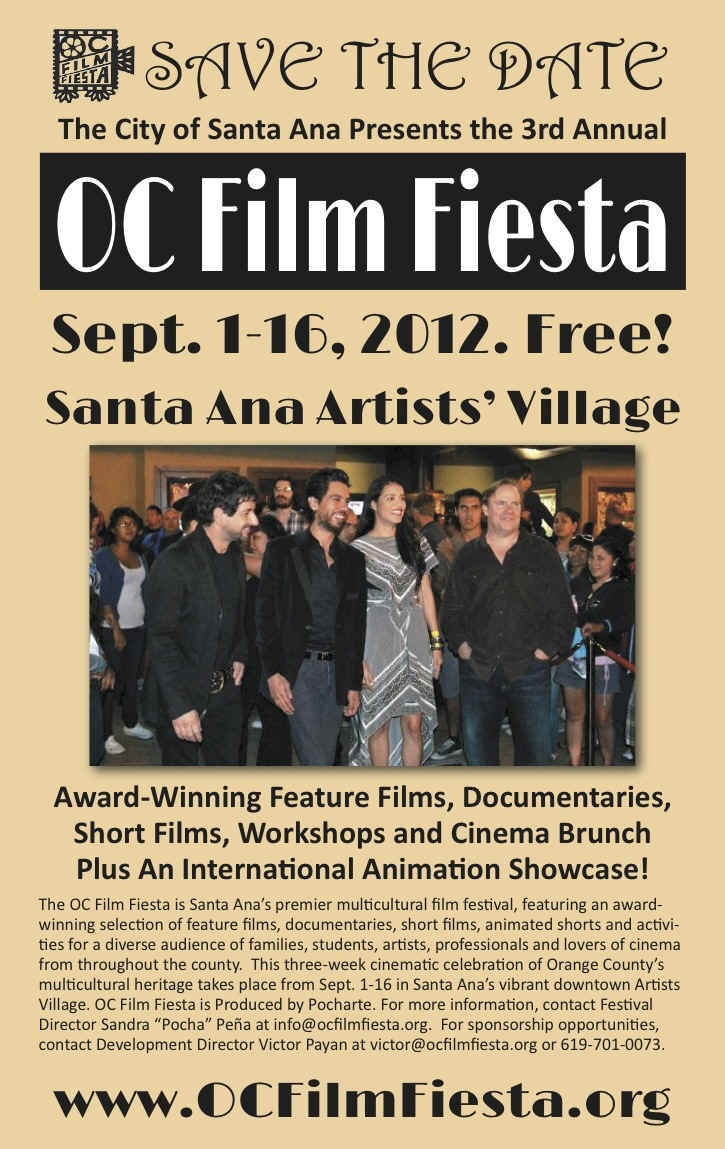
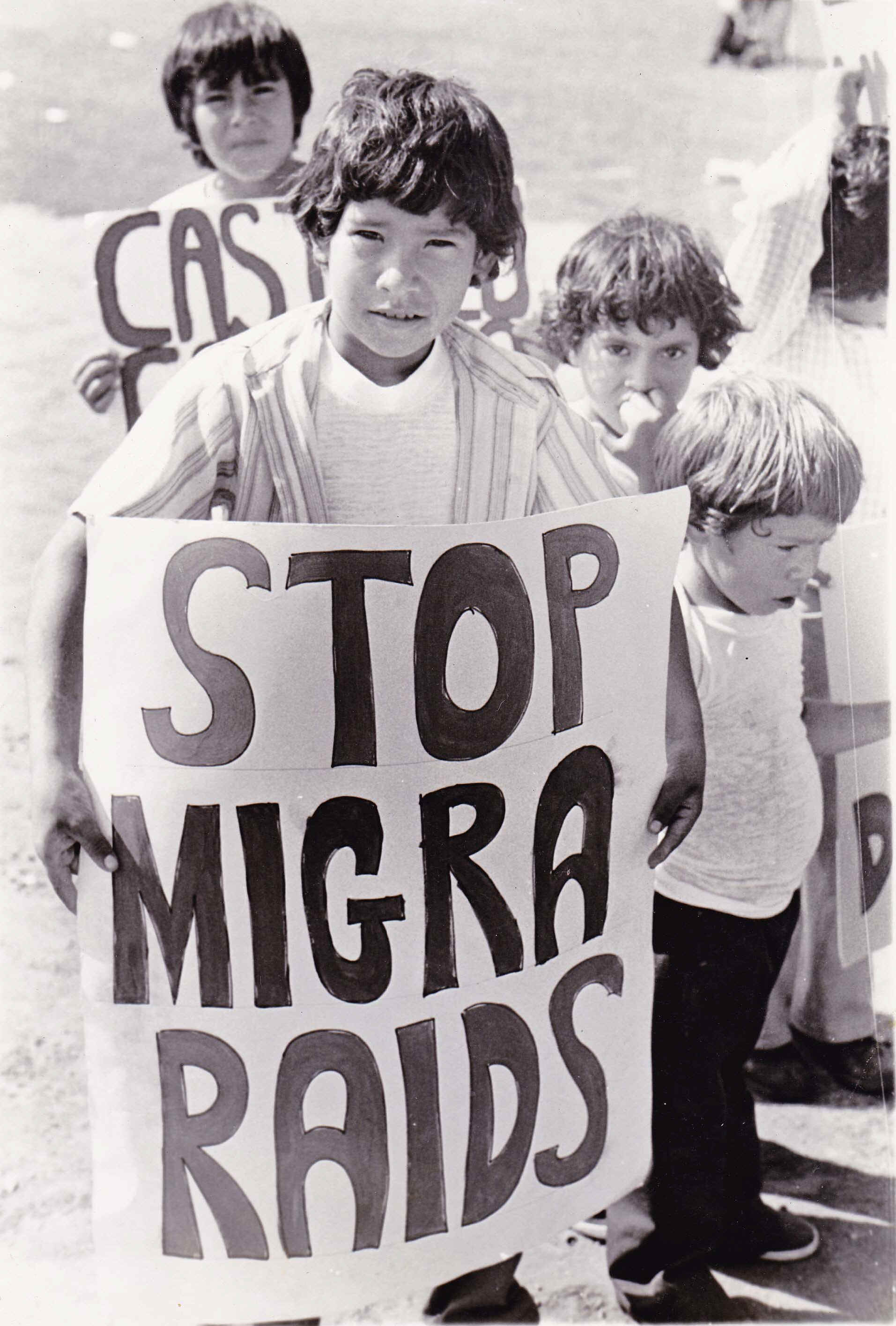

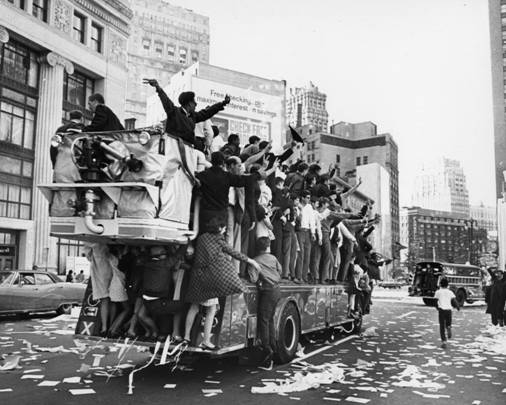

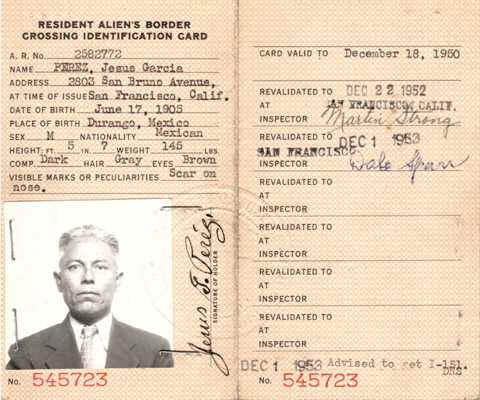
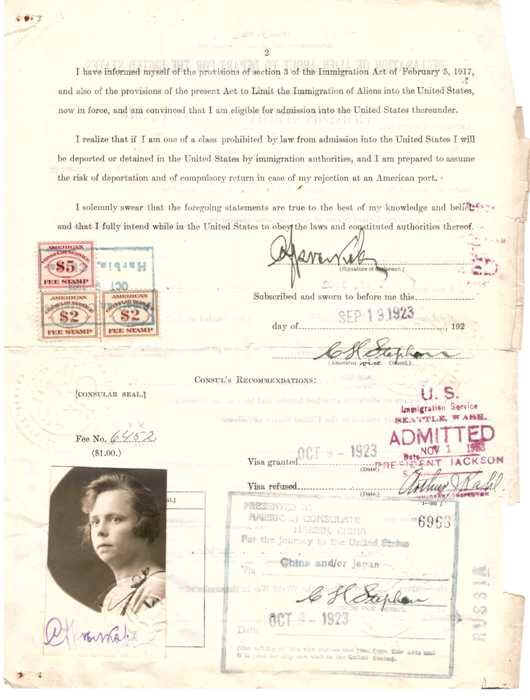
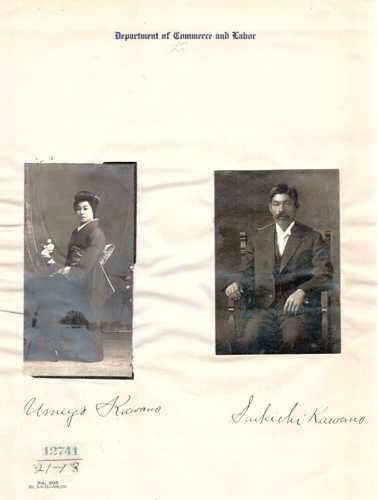

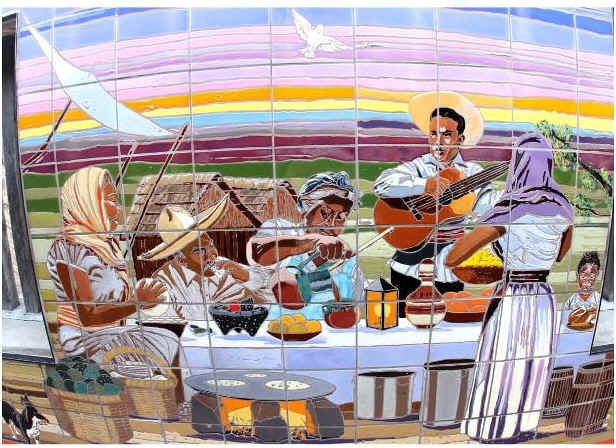
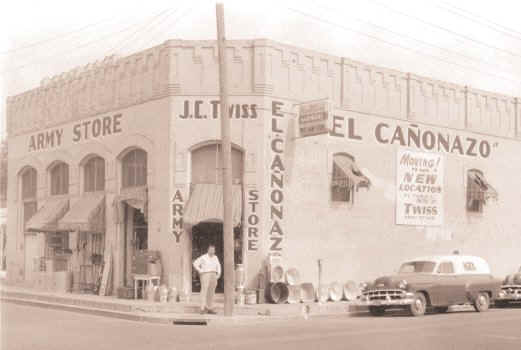

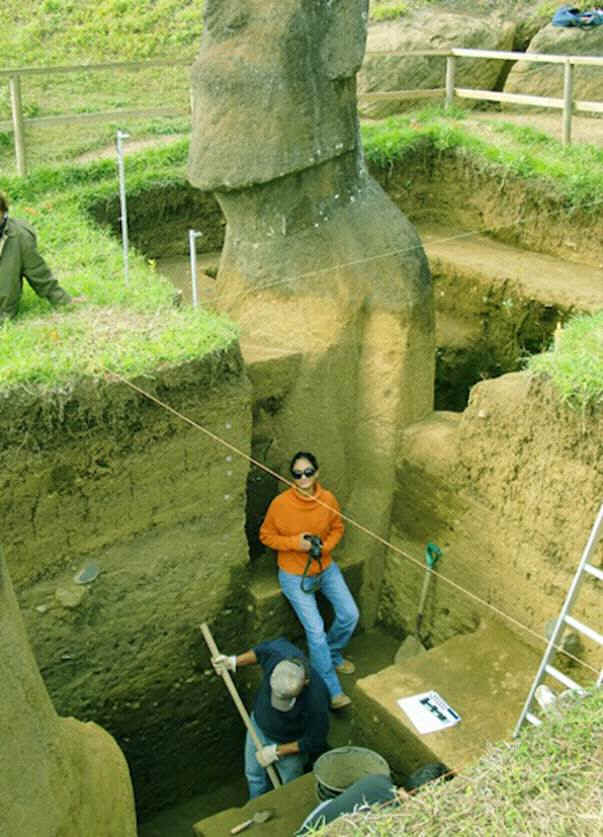
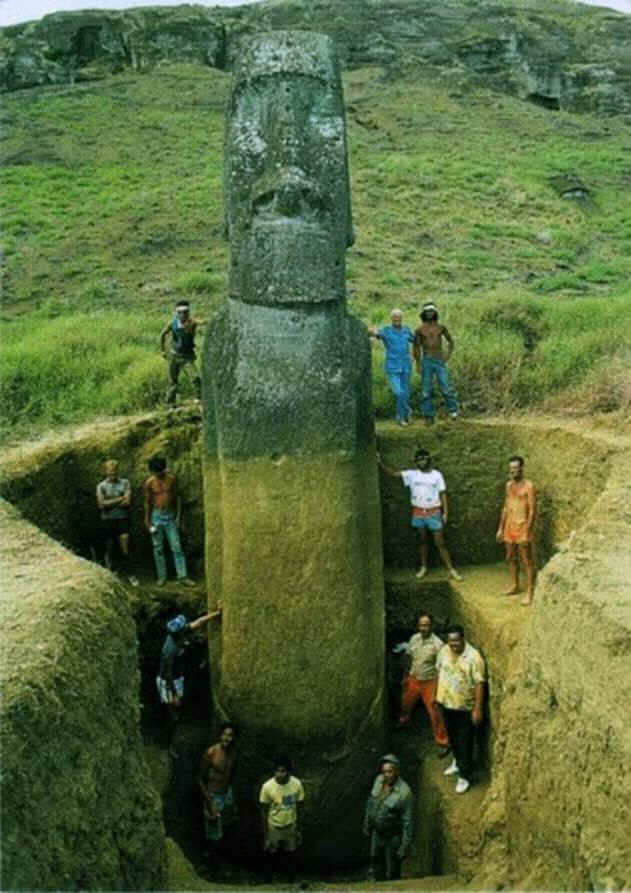
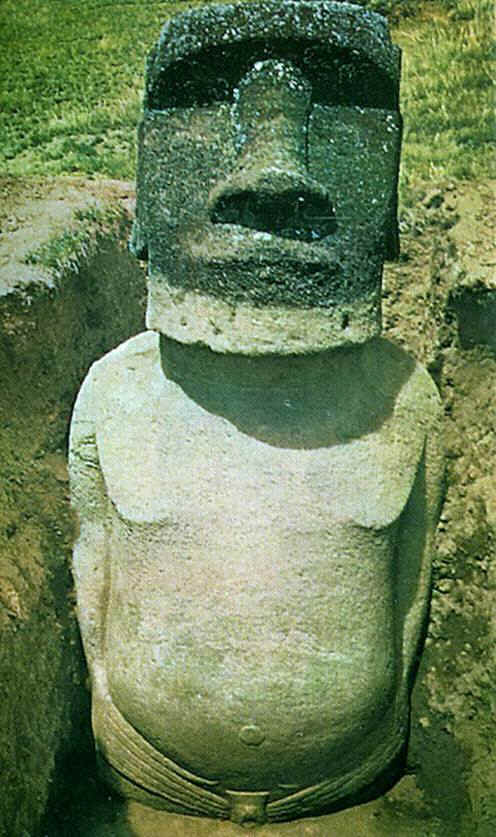
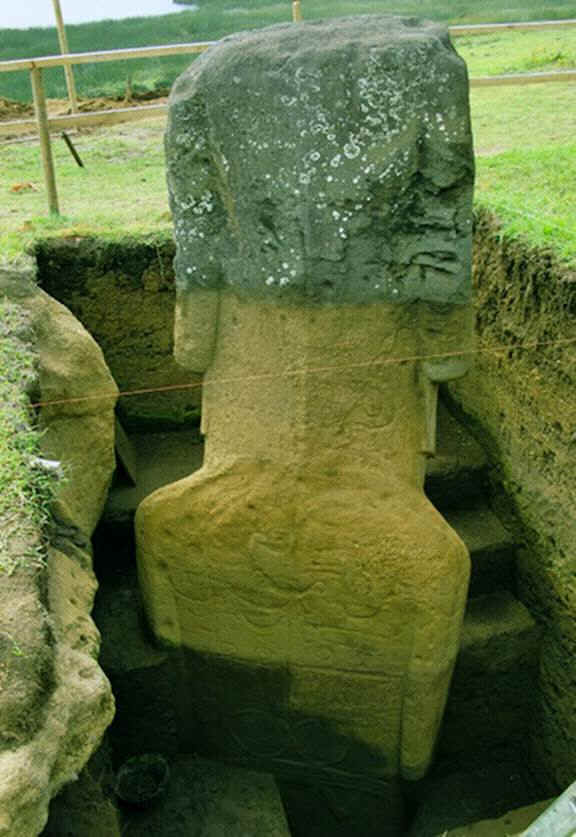
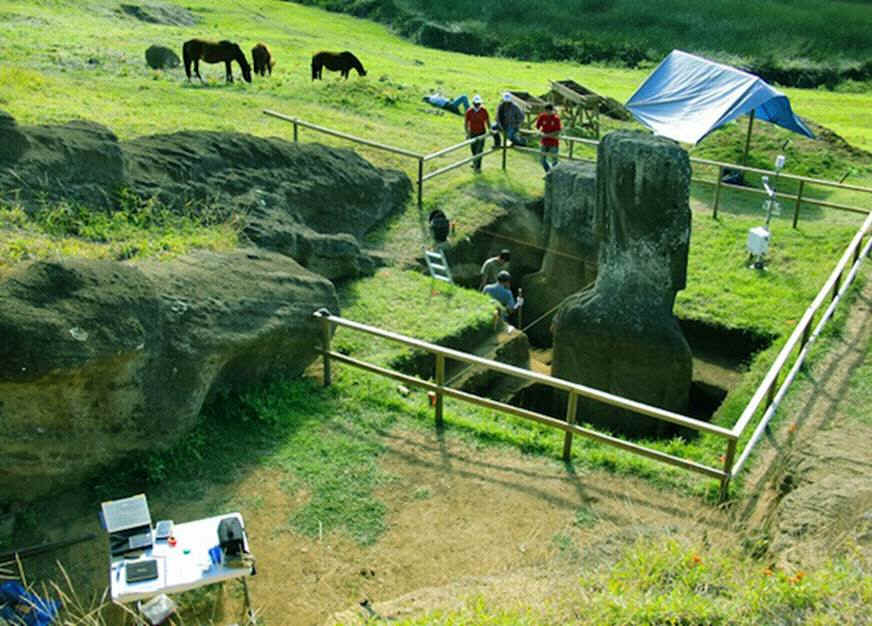

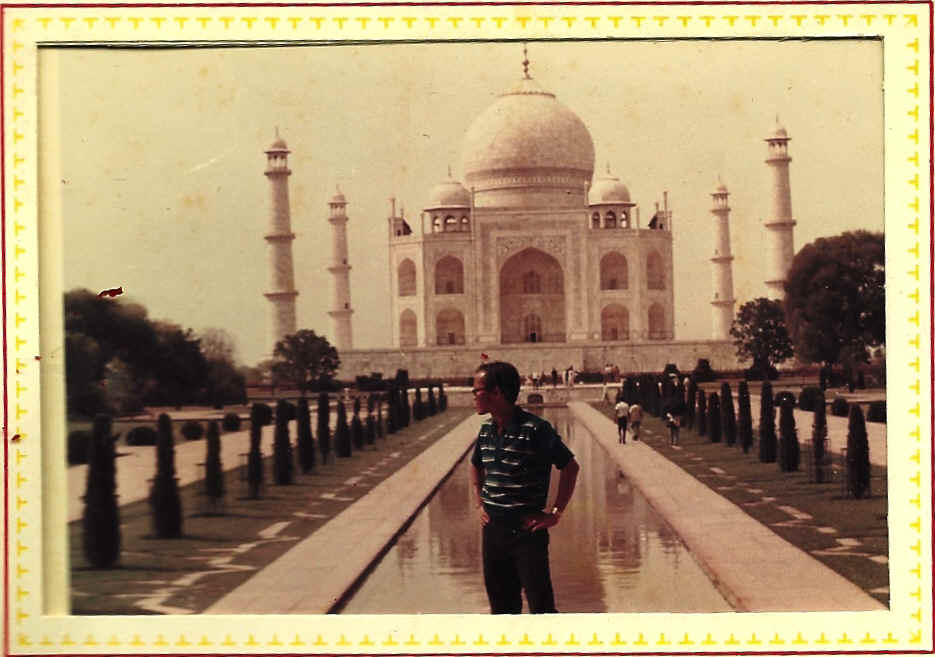


06/29/2012 Updated: 06/29/2012